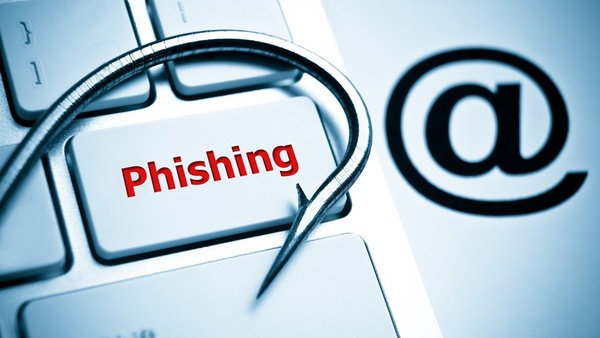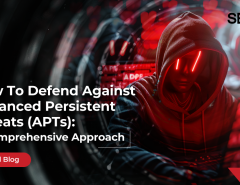In 2016, according to a report by a security training company (wombat security), 86% of the companies reported being a victim of phishing attacks. As many as 67% companies were the target of spear phishing. Phishing attacks cause severe damage to businesses. They steal valuable data from the organization to gain illegal advantage.
What is Phishing?
Phishing is a fraudulent attempt, usually made through email, to steal personal information. These emails often appear to have been sent from seemingly known sources or organizations such as banks, companies, and services seeking for personal information such as credit card number, social security number, account number or password. At the enterprise level, these emails and websites may induce an employee to share confidential company information that may not be shared otherwise. For example, an email that may seem to originate from a government regulator’s email id may ask for company’s financial information or company’s intellectual property to be shared with it. However, it may be from some other malicious source and not the actual government regulator. Another example of phishing attack is targeting company’s users to gain illegal access to company’s web services and data behind them.
Preventing Phishing Attacks
The general perception is that there is little one can do to prevent an attack, but there is a lot that can be done to defend the organization against such an attack. The phishing attacks are primarily due to the negligence of humans. An effective communication policy and security policy is the starting point for all cyber defense. The employees must be trained and continuously educated on how to recognize, resist, and report phishing attacks. Such continuous education must include the phishing protection tricks such as identifying the incorrect URL, spotting the difference in branding within an email, being aware of email/website asking for unwanted or unexpected information etc.
The communication policy must define on how the organization will communicate securely with its clients and other third parties. Wherever possible, there should be an agreement to this effect with business partners. (Domains, IPs, URLs that legitimately belong to the partner and are authorize for digital communication). It will prevent the confusion between legitimate emails and phishing attacks.
Apart from user training, the organizations must deploy the security solutions to prevent phishing emails from ever reaching the employees and preventing them from accessing the same.
Tools and technology to protect enterprise against phishing attack
Seqrite Endpoint Security has built-in protection against phishing attacks. It prevents users from accessing fraudulent websites. As soon as a site is accessed, it is scanned for any phishing behavior. If found unreliable, then it is blocked to prevent any phishing attempt. Seqrite Endpoint Security provides several additional features such as:
- Individual display of protection status such as Phishing, intrusion, device access control etc.
- Graphical representation of network health related to various kinds of virus and Phishing protection.
- Regular definition updates to detect malicious emails and websites.
- Email protection with customized rules for receiving emails from various genuine sources.
- Spam protection to differentiate the business emails and filter out unwanted emails such as spam, adult emails,and phishing emails.
- The web security to create security policy for a particular department or set of users to access or restrict access to specific websites.
- Apply exception to the security system to allow access to blocked sites that may be required for business purposes or may be marked erroneously as malicious or phishing websites.
A good security solution, in addition to a well-designed security policy and communication policy is essential not only to prevent phishing attacks but also to prevent other cyber threats that an organization may face.
Seqrite helps businesses simplify IT security and maximize business performance. To know more about our products and services visit our website.




